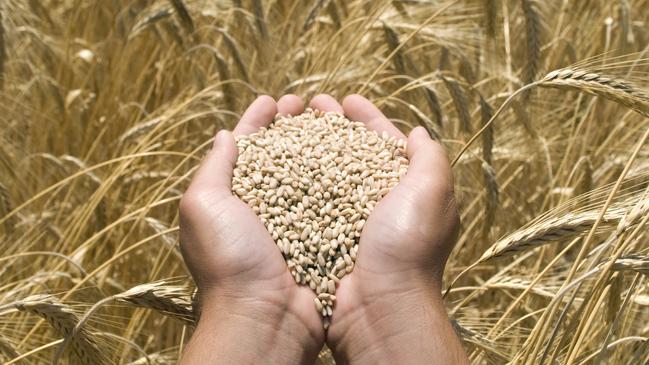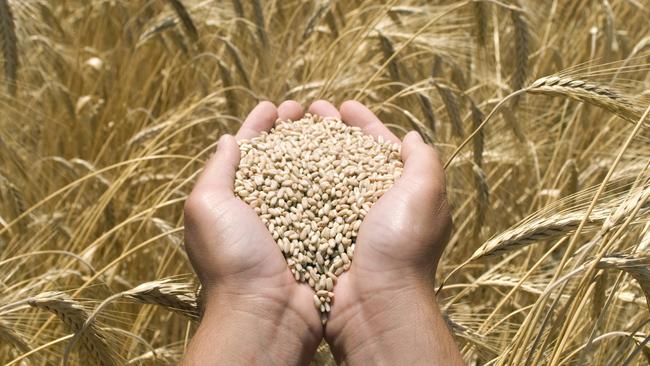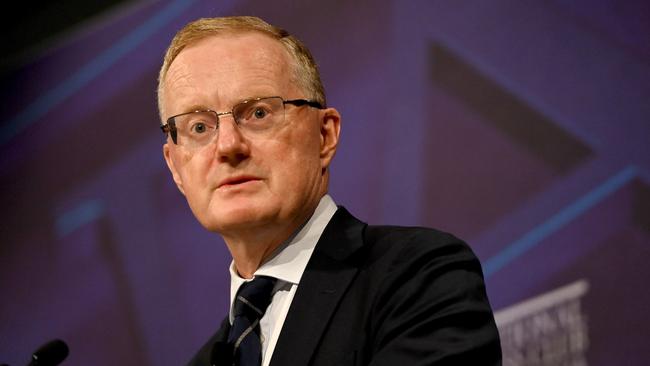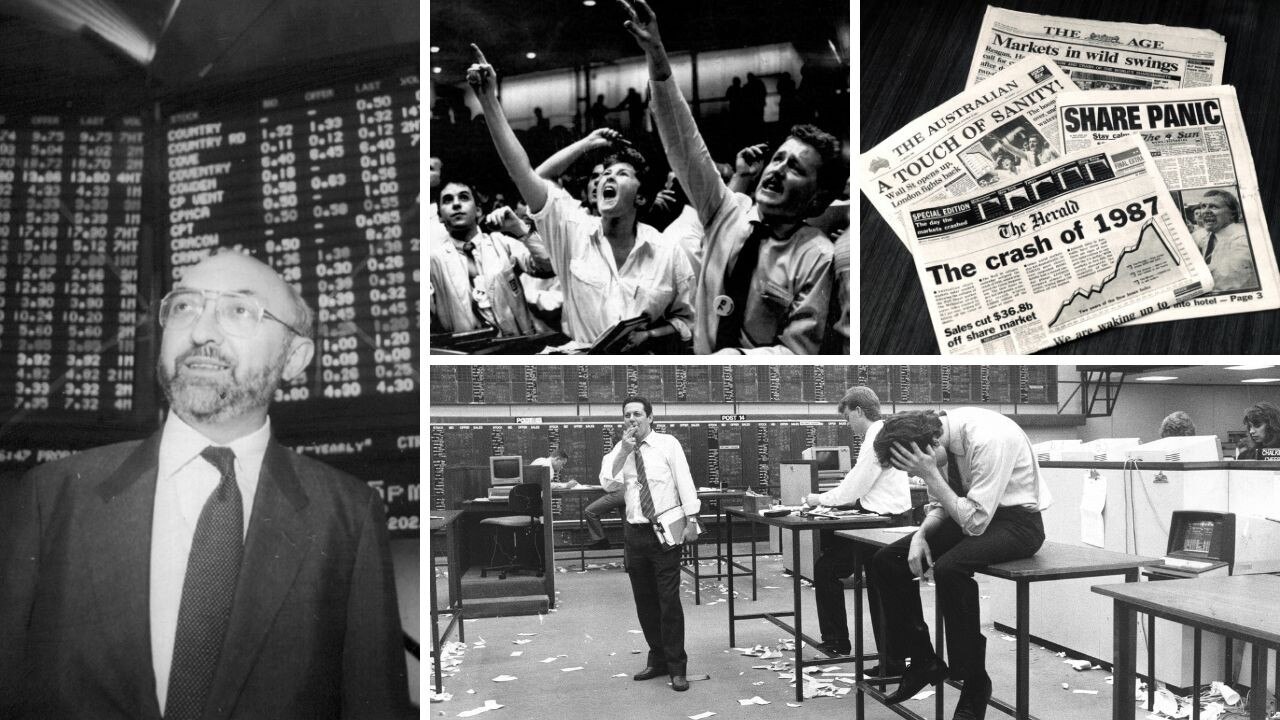Ukraine disaster an Aussie export boom
The ongoing crisis in Ukraine will be a bonanza for Australian exporters and an unexpected boost to the overall economy for the rest of this year and into 2023.

Terry McCrann
Don't miss out on the headlines from Terry McCrann. Followed categories will be added to My News.
The Reserve Bank didn’t only leave its official interest rate unchanged Tuesday, it also slipped out a really quite extraordinary graph.
This graph was an index of the prices Australia gets for its commodity exports – the monster one, iron ore; the fossil fuels, coal and LNG, which other countries desperately want even if we don’t; and the ‘old Australia’ exports like wool and wheat.
Yes, the index slipped a bit in February – ‘before Ukraine’ – but that came after a real surge in prices in January, such that overall prices for our exports across the board were still up a really quite extraordinary 23 per cent in Aussie dollar terms over the year.
Two things made the graph both striking and significant, in terms of pointing to the future.
First, as I noted, it measured prices for our exports ‘before Ukraine’.
In all the confusion and uncertainty of what might happen in and around Ukraine – and how this will impact the world economy and global financial markets – one thing does seem clear.
This is that we almost uniquely in the world export the sort of things – from coal and LNG to wheat - whose prices will be driven higher by the war; both its continuation and any likely, almost certainly messy and ugly, aftermath.

It’s not just oil and gas, but most particularly wheat.
Ukraine and Russia are together the ‘bread-basket’ of Europe. Russia is the world’s biggest wheat exporter; add on Ukraine and the two of them command close to one-third of the global wheat trade.
Very simply, will Russia be allowed to keep exporting wheat? Will a war-battered Ukraine be able to?
Whatever, bluntly, it’s going to be a free-kick for other wheat exporters, including obviously us. We are also going to be winners from higher LNG and coal prices; while iron ore, as always, is hostage to what China does.
It’s entirely possible that the RBA’s commodity price index will rise again in March, perhaps even back to its all-time record high.
Indeed, it does look likely to, some time this year, actually top those highs, reached first in 2011 when China went on the mother-of-all spending binges coming out of the GFC, and again last year because of soaring energy prices.
In the short-run this is an unexpected windfall for the Australia economy – and for state and federal tax revenues. It is a windfall that could continue for some time, irrespective of what happens in and after Ukraine. This would mark a dramatic shift from the long-term pattern of commodity booms for Australian exporters.

Every time, going back to the 19th century, that we luxuriated in soaring prices, those very high prices were short-lived. They were always followed by dramatic slumps.
Most recently, in 2011 our commodity prices doubled from the immediate post-GFC lows. They then commenced a long slide, falling by nearly two-thirds by 2016.
They then started rising again, more than doubling in the five years to mid-2021; and then, after peaking, they started falling again, as they always did.
‘Normally’ one might have expected them to plunge, but they only fell by around 10 per cent, before turning upwards again late last year as the world economy strengthened.
One might have expected this rise to be a relatively short-lived blip. But then came the Russian invasion of Ukraine.
We will now almost certainly see the rise resumed and sustained, delivering a bonanza to Australian exporters – and an unexpected boost to the overall economy - through 2022 and into 2023.
Yes, the RBA left its rate unchanged at 0.1 per cent, as universally expected. Like everyone else, Governor Philip Lowe would sensibly want to see what develops in and out of the Ukrainian catastrophe.
Will the banks be as patient?



